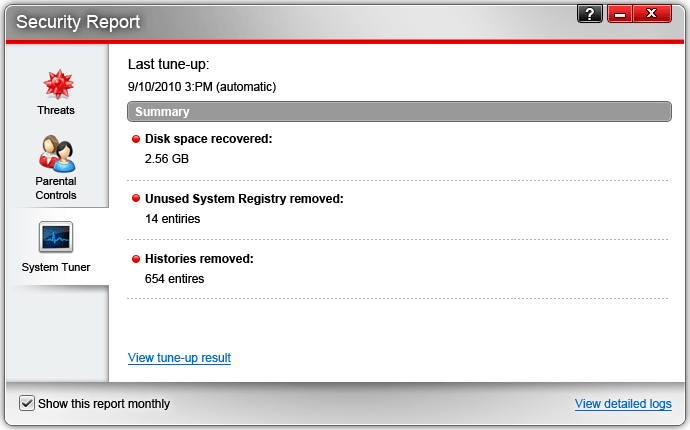Best Speech To Text Software For Mac
10 Best Transcription Software for Mac [Both Free & Paid] Posted by Rahul Gupta in: Mac Software When we are dealing with a significant amount of audio or video data, it is not that easy to hear them out and then convert them into text. Get now the Best text to speech software for Mac and iOS, including Text2Speech, NaturalReader, Capti Voice and 10 other top solutions suggested and ranked by the Softonic Solutions user community in 2018.

Using our voice to control computers has never really taken off. For many of us, using voice recognition technology wasn’t even a consideration until features like dictation and Siri arrived on our iPhones and iPads.
There’s good reason too: the voice recognition features built into our devices have always had the reputation of being half-baked. They simply aren’t accurate and consistent enough to replace our tried and trusted mouse and keyboard or touchscreen.  While half decent dictation features (and are powered by Nuance’s technology), the voice recognition features you get with latest version of go well beyond simply dictating speech to text. When people think Nuance and Dragon Dictate they typically think speech to text dictation features. After reading a bit of text and walking through a brief tutorial (about 10 minutes total), the app is remarkably accurate at understanding your voice and dictating speech consistently. If you haven’t tried full-blown dictation software like Dragon in recent years like myself, you’ll truly be amazed at how precise the program is at dictating error-free text as you speak naturally.
While half decent dictation features (and are powered by Nuance’s technology), the voice recognition features you get with latest version of go well beyond simply dictating speech to text. When people think Nuance and Dragon Dictate they typically think speech to text dictation features. After reading a bit of text and walking through a brief tutorial (about 10 minutes total), the app is remarkably accurate at understanding your voice and dictating speech consistently. If you haven’t tried full-blown dictation software like Dragon in recent years like myself, you’ll truly be amazed at how precise the program is at dictating error-free text as you speak naturally.
Best Speech To Text Program
There’s no need to speak slowly and carefully to make sure every word is recognized, and there’s no waiting around for the software to catch up to what you’re saying. So will I be writing my articles for 9to5Mac by simply speaking and having Dragon dictate from now on? Dragon Dictate won’t let you plow through a 5000 word piece nearly as quick as you’d type it, mainly because learning the commands necessary for formatting and corrections is like learning a new language. Basic commands seem easy enough to remember while dictating— Caps on, close quote, comma, ‘apostrophe ess’, insert, correct, new line— but in practice having to speak commands to properly format a sentence as you dictate takes away from the freedom of being able to capture your thoughts as you speak freely. Seagate for mac and windows. I personally found the software much more useful for composing short snippets of text that typically don’t require much formatting or a deep train of thought that might be interrupted by formatting commands, like emails, Tweets, reminders, lists, and brainstorming sessions. Of course, that process becomes much easier as you memorize and become more comfortable with the commands.
While for me it won’t be replacing my keyboard on a daily basis for writing, that doesn’t mean with a little practice dictation in Dragon Dictate 4.0 can’t be a powerful alternative if necessary. Dragon Dictate has long been a popular product among those with medical conditions like arthritis that limit the ability to type comfortably or at all. Admittedly your mileage with accuracy might vary depending on your accent (I was using the U.S. Setting since there is no Canadian accent preference), but there are also region settings for the UK, Singapore, New Zealand, Canada and India, as well as accent preferences for American, American- Inland Northern, American- Southern, American- Teens, Australian, British, Indian, Latino, and Southeast Asian. Parallels desktop for mac download. For me, the real standout feature of Dragon Dictate 4.0 is the ability to control applications on your Mac using only your voice.
Dragon Dictate comes with a number of built-in commands that allow you to control functions across apps like Finder, Mail, Messages, Notes and Safari, as well as commands for composing email or sharing status updates to Facebook and Twitter. It also has a powerful built-in command editor that lets you setup your own voice commands for just about anything you can think of. Launch, quit, or hide applications, search the web, open a file or folder, or create a new reminder using only your voice. I set up commands for opening new tabs and navigating to specific tabs in Chrome, switching between or launching my commonly used full-screen apps by simply saying the app’s name, initiating playback in Logic Pro, as well as opening files and folders in Finder. The command editor is easy enough for anyone to setup commands for opening apps, bookmarks, files and folders, menu items, and any keystroke either system wide or within an app, but also has the ability to use AppleScript, Automator workflow, Shell script, and text macro for more complex voice commands. Once you get used to speaking to your Mac and asking it to do things, you’ll wonder why you always haven’t been searching the web, navigating Gmail, and launching and switching between apps and folders with your voice. What’s new in 4.0: For those that have used previous versions of the software, the has a lot to offer on top of an overall bump in speed and accuracy.